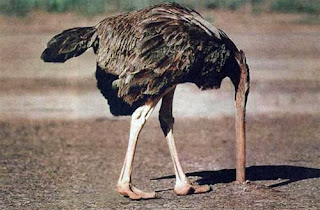 A noun ‘-ocracy’ or ‘-cracy’ means a government / governance by a particular sort of people or according to a particular principle: democracy (by the people); meritocracy (by people with the most ability) and a ‘holo-’ is a prefix added to the start of a word meaning ‘whole’, ‘entire’. In the book The Ghost in the Machine Arthur Koestler argued that literally everything in our world, from chemistry to biology (atoms to molecules to cells to organisms), life forms, or even our cells that form an organ and organs form our body and society are nested hierarchies of entities, which, for lack of any existing word, he called ‘holons’.
A noun ‘-ocracy’ or ‘-cracy’ means a government / governance by a particular sort of people or according to a particular principle: democracy (by the people); meritocracy (by people with the most ability) and a ‘holo-’ is a prefix added to the start of a word meaning ‘whole’, ‘entire’. In the book The Ghost in the Machine Arthur Koestler argued that literally everything in our world, from chemistry to biology (atoms to molecules to cells to organisms), life forms, or even our cells that form an organ and organs form our body and society are nested hierarchies of entities, which, for lack of any existing word, he called ‘holons’. In organization holacracy is the concept of self-directed work teams. In business environment it is a rather new management practice that is floating around like ‘lean (manufacturing) organization’, ‘distributed authority’, ‘agile organization’, ‘Six Sigma excellence’ in times organizations need different structures and governance to get top competitive advantages. It differentiates from other practices by being perceived as (new) ‘open allocation’ management structures that (mostly) eliminate bosses.
In organization holacracy is the concept of self-directed work teams. In business environment it is a rather new management practice that is floating around like ‘lean (manufacturing) organization’, ‘distributed authority’, ‘agile organization’, ‘Six Sigma excellence’ in times organizations need different structures and governance to get top competitive advantages. It differentiates from other practices by being perceived as (new) ‘open allocation’ management structures that (mostly) eliminate bosses.Unfortunately, the notion that holacracy is non-hierarchical proved as a nonsense. Brian Robertson (Ternary Software) introduced holacracy to the world through a 2007 article as the idea how to put a lot of emphasis on consensual, democratic decision-making and getting everyone’s opinion. He defined it as a set of inward-looking hierarchical mechanisms that connect the teams or work circles. Then, a vertical hierarchy between those circles is still required within the organization. Instructions, information, decisions and guidance on how something has to be done should correspond to the purpose of doing business and is passed from above circle to the below one. Hence a hierarchy stands.


























